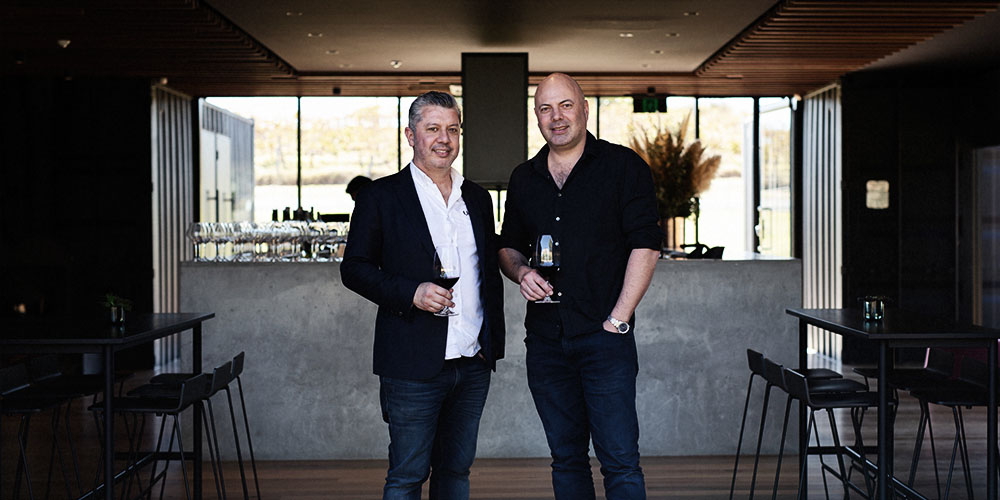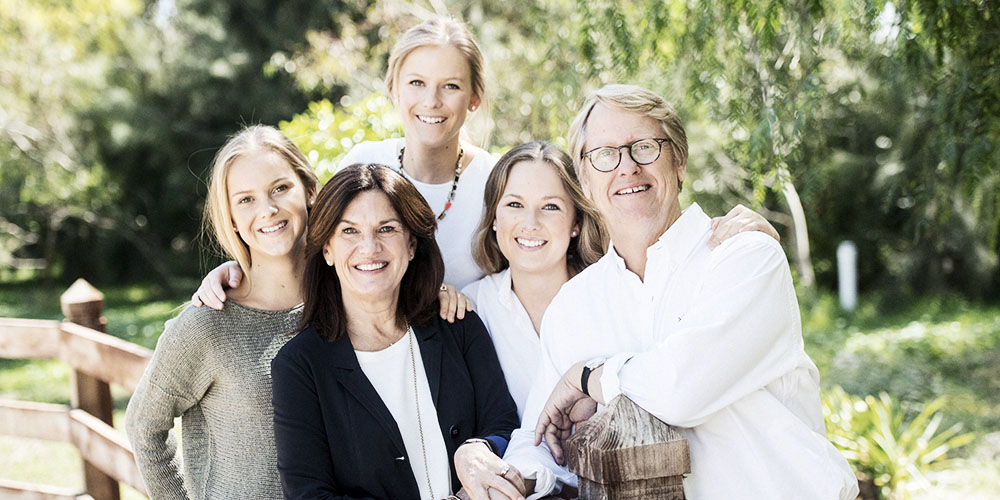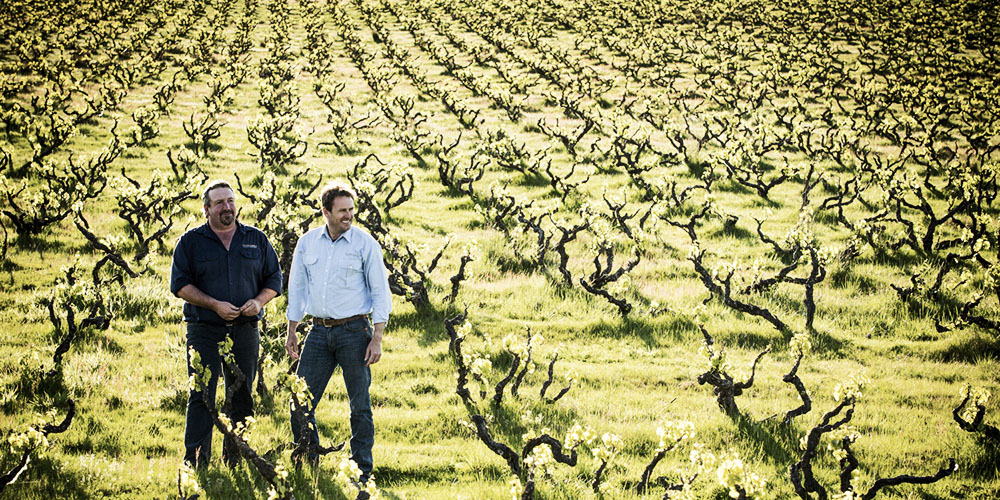The thermometer is reading 40 degrees Celsius. But, technically, it’s still spring. On my table, 50 blind red wine glasses are lined up. I am sitting on a chair in the barrel room of a winery in McLaren Vale. I have been invited to serve as the international judge for the McLaren Vale Wine Show. Evaluating wine when sweat is dripping down your forehead is not an easy task. Suddenly, there is a strong anticipation of a long week followed by flight after flight of big, bold reds. The smile on my face is genuine. Until we’re asked to start.
I put my lips around a light ruby-coloured wine served at the perfect temperature. Wine Number 1. Light on its feet and generous yet contained. Crunchy red cherry notes enhanced by fragrant aromas. Supple and silky, it is almost a slightly bigger version of a delicate Pinot Noir. Wine Numbers 2 and 3, similar experience. What else could it be but Grenache? This grape that was often made as a caricature of itself is now stealing my heart. Clearly, it has gone through a major makeover.
To understand the modern style of Australian Grenache, one needs to first look at its history and evolution. This grape of Spanish origin — made famous by French winemakers in the southern Rhône — arrived in Australia in 1832. It was part of the James Busby original collection and was first planted in 1838 in South Australia, where it found a happy home. Known to reach high sugar levels, Grenache was especially favoured for the production of fortified wine between the 1920s and 1960s. We often forget that until the ’60s, fortified wine made up 80 percent of the Australian wine industry. But unfortunately, when consumers turned to table wine, Grenache’s production decreased dramatically. Even though it was perfectly adapted to the climate, producers began pulling out old vines and replanting with more trendy grapes such as Cabernet Sauvignon and Merlot.



